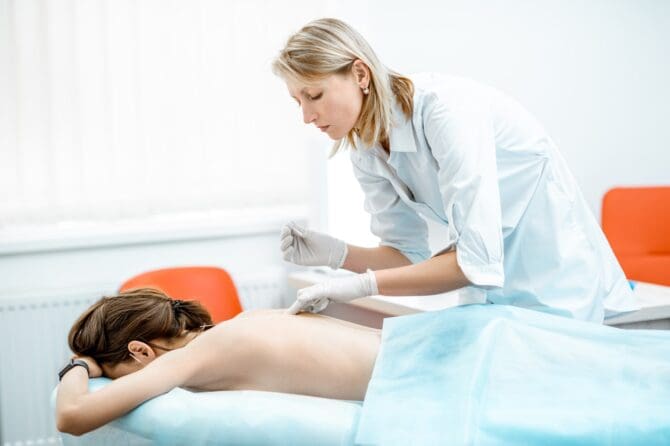Our feet are an extremely crucial, yet underrated component of our bodies. They are forced to carry so much weight and pressure every day. Failing to take care of them will have severe consequences!
Before we get into foot specifics, it’s important to understand the broader picture of what happens to our feet during various stages of our lives.
As a Newborn
Babies are born without fully-formed bones in their feet. They have something often referred to as “puppy fat” which is a kind of fat that generally wears off over time – but with feet, it happens by the time they reach preschool age. As strange as it sounds, these soft and pliable bones need room to grow naturally without restrictive shoes; even as babies, most don’t require any more than a few pairs of soft leather moccasins or little Velcro socks.
The Growing Child
Children learn to walk before they are fully grown, and their feet haven’t yet finished developing. Throughout their active growing years, children need to wear shoes to ensure that the bones of the foot don’t grow unevenly, giving them a chance to make sure that they’re fully capable of doing everything they’ve always dreamed they could.
When your child is growing quickly it’s important that they receive fresh and nutritious food so that their bones can grow stronger. The age of 2-4 is an exciting time for any toddler, as their first and second toes are still separate – but will eventually fuse with the third toe to become a fully grown adult foot later on in life.
Adulthood
As an adult, you would assume that your foot has fully grown by now. Nevertheless, in the coming years the feet will tend to spread even more than they did when you were younger. The ligaments and tendons will become slacker as the years pass by, and this causes our feet to become flatter, wider and longer. Weight gain can add additional pressure to the foot and ankle area too because of its weight causing one’s gait to be modified.
Pregnancy is a time of life where your feet definitely get bigger. It is normal for people to notice that as much as four shoe sizes may increase in pregnancy.
Instability during walking is caused by lax foot and ankle joints. Even when you’ve lost the swelling, the excess weight carried around during your pregnancy can permanently flatten your foot causing it to increase in size.
The Elderly
In old age, the feet continue to change. However, rather than getting softer and more squishy, this can cause some of your muscles to weaken. This is because the tendons tighten with age, making it difficult for your body to move the muscles around – which in turn makes them much weaker than before. This can be minimized or prevented by wearing shoes that offer solid support and stability when walking.
Corns, calluses and hammertoes are generally caused by constant pressure on one’s feet. This pressure can be caused by the long-term wearing of high heels. Tightening of ligaments and tendons can lead to constant discomfort and even stress on your ankle bones. Muscles throughout the body need to be properly exercised in order to stay healthy and alert, especially if you’re planning on growing old gracefully!
Our feet go through a lot. From the moment they touch the floor in the morning to the very end of our days, they are constantly running here and there to help us make it through the day. Learn more about them so that you will be able to take proper care of them and give back so that they can stay healthy and strong through all your life stages, for many years to come.











